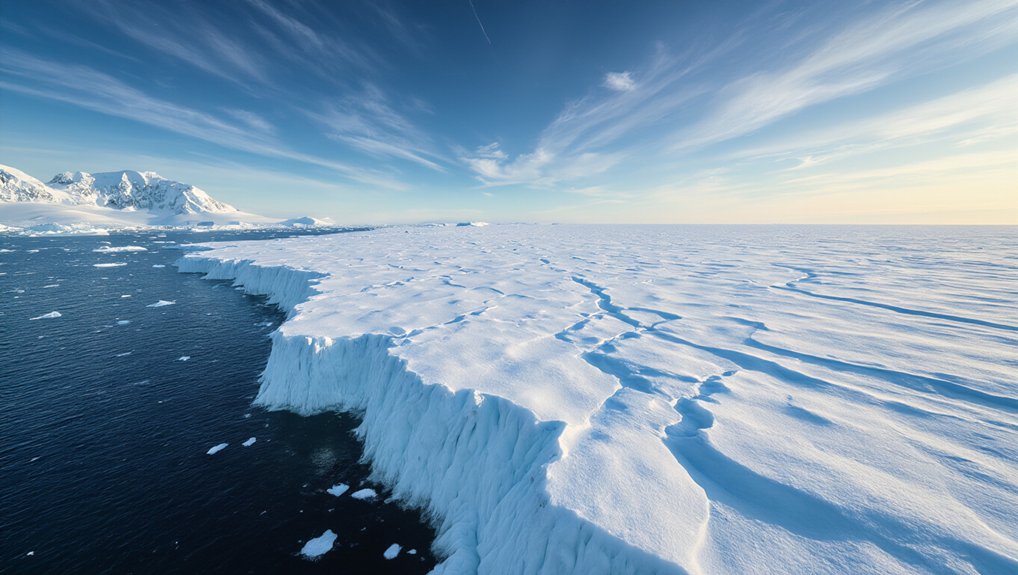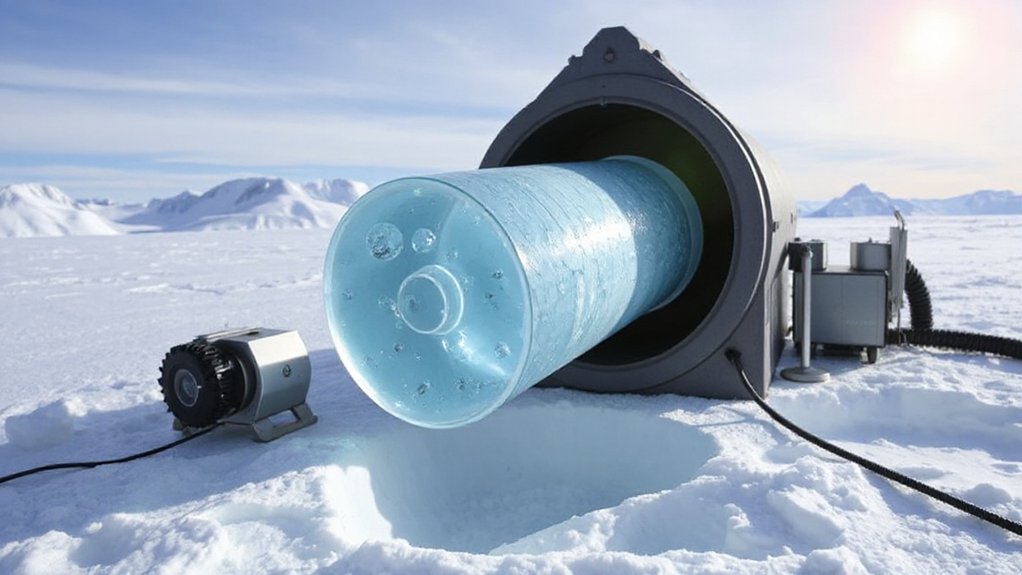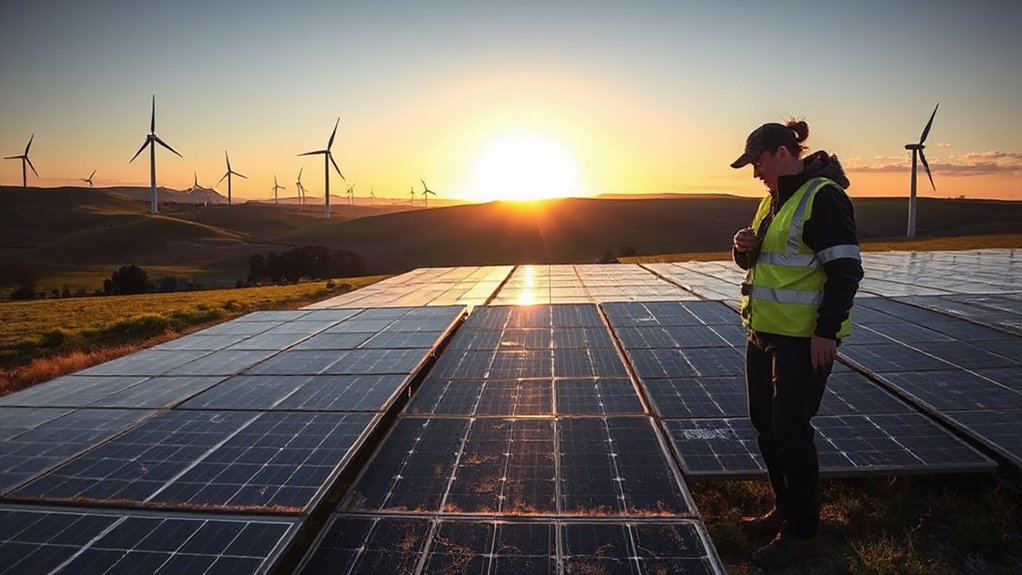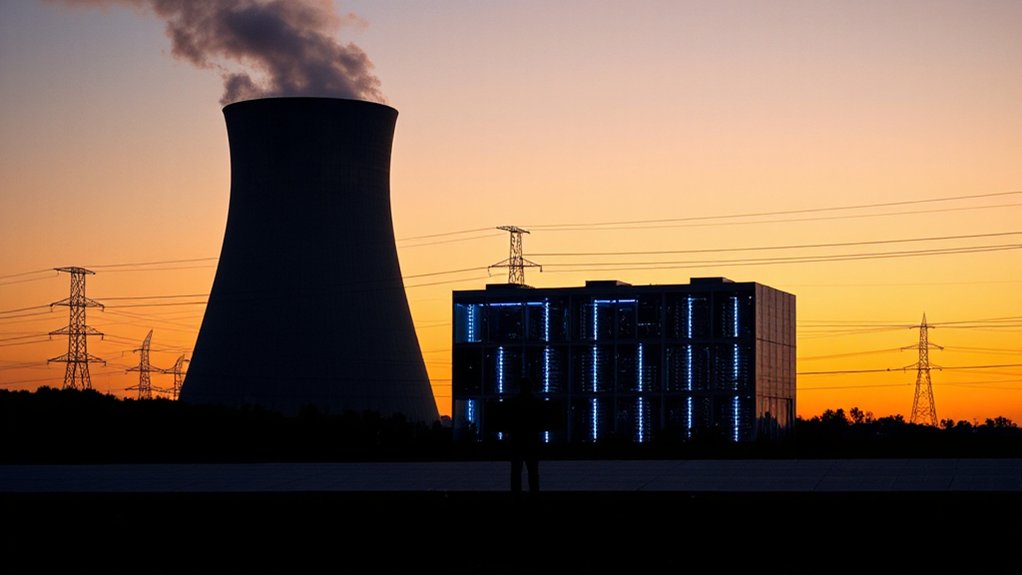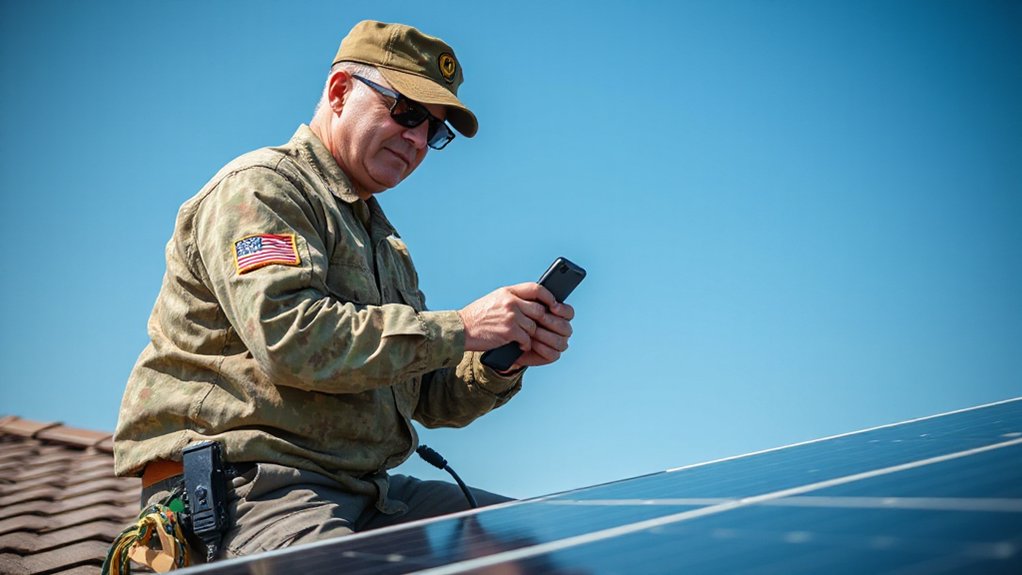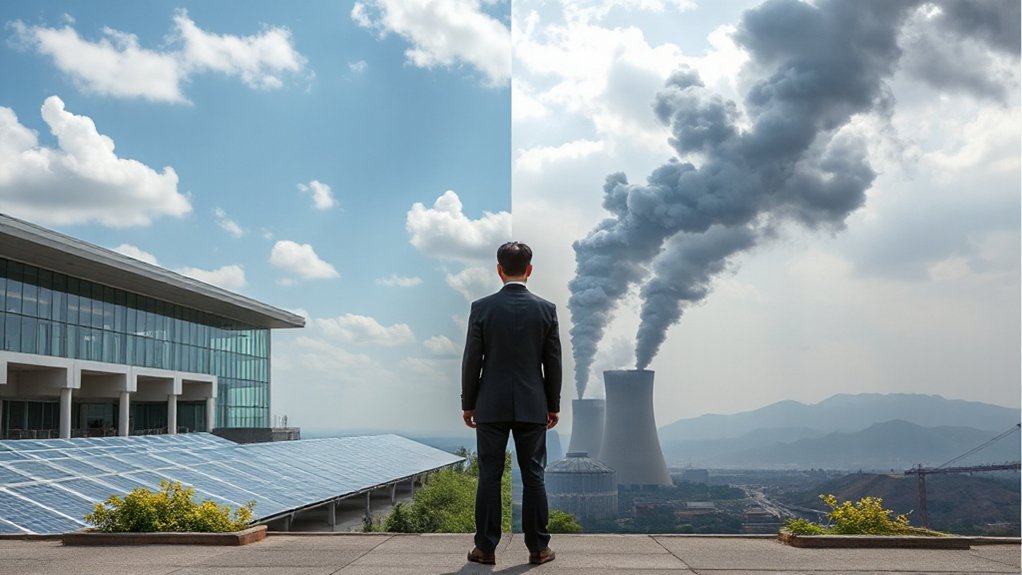Nearly every discussion about geoengineering starts with optimism and ends with a laundry list of “what ifs.” And for good reason. Scientists at the Royal Society have issued stark warnings about the potential catastrophic consequences of tinkering with our atmosphere. Turns out playing God with the weather isn’t as straightforward as some tech bros might have you believe.
The problem? We simply don’t know enough. Climate models struggle to predict regional impacts when we start pumping aerosols into the stratosphere. You might save Greenland’s ice sheet while accidentally destroying monsoon patterns that feed billions. Oops.
These aren’t temporary fixes either. Once we start solar radiation management, we’re committed for decades—possibly centuries. The aerosols only hang around for a short time, requiring constant replenishment. Like an addict who can’t quit cold turkey. Because if we suddenly stop? Global temperatures would skyrocket within a decade or two. Talk about a rebound headache.
Geoengineering: the climate intervention we can’t start without committing to forever—or facing catastrophic thermal whiplash.
The governance situation is equally messy. International frameworks are practically nonexistent. Some countries might unilaterally decide their crops need saving, consequences for others be damned. The Oxford Principles attempt to establish guidelines, but good luck getting global consensus on something this controversial.
Meanwhile, research remains woefully inadequate. We’re contemplating planetary-scale experiments with shockingly limited data. Recent studies by the Royal Academy have specifically highlighted the unintended consequences impacting humanity that could result from rushed geoengineering attempts. It’s like performing brain surgery after skimming a YouTube tutorial.
The potential for new global dangers is real. Geopolitical tensions, environmental cascades, irreversible changes to Earth systems—these aren’t sci-fi scenarios but genuine risks acknowledged by serious scientists.
Let’s be clear: geoengineering isn’t a get-out-of-emissions-free card. It’s a last-ditch, panic-button option with consequences we barely comprehend. The Royal Society isn’t saying never consider it—they’re saying proceed with extreme caution, extensive research, and robust governance. Professor Steve Rayner and a team of 12 working experts conducted the comprehensive geoengineering assessment that forms the basis of these warnings.
Because when it comes to geoengineering, the cure might very well be worse than the disease.
References
- https://cleantechnica.com/?p=363427
- https://www.bosch-stiftung.de/sites/default/files/publications/pdf/2018-05/GGF2025_Geoengineering_RZ_Web.pdf
- https://www.oxfordmartin.ox.ac.uk/news/geoengineering-royal-society
- https://carnegieendowment.org/research/2025/07/geoengineering-assessing-risks-in-the-era-of-planetary-security?lang=en


